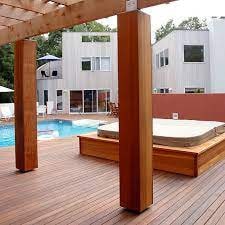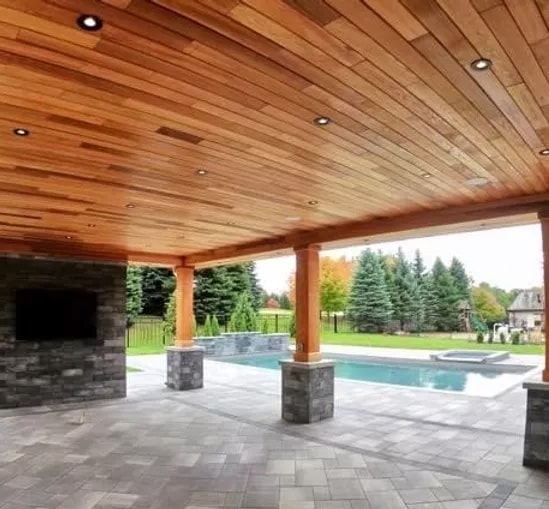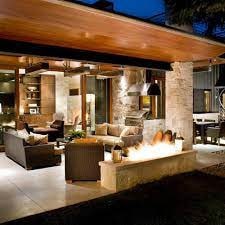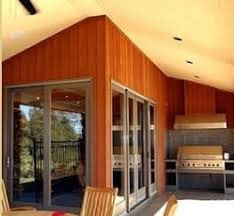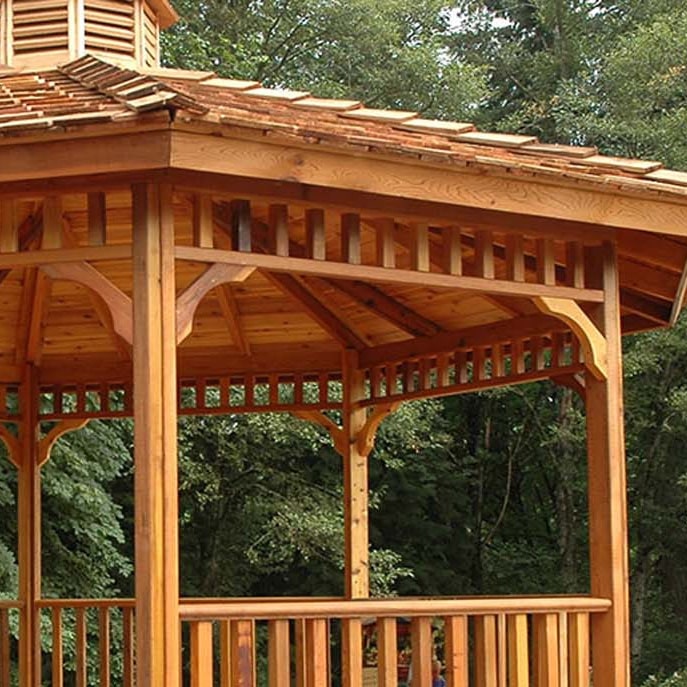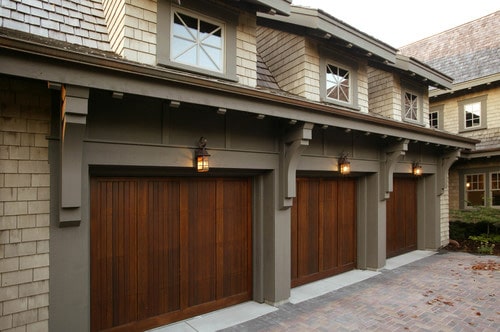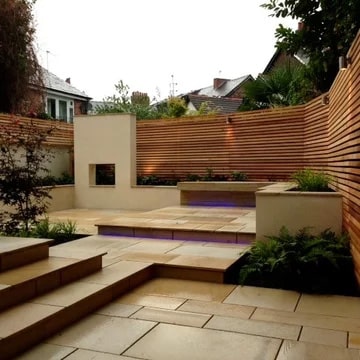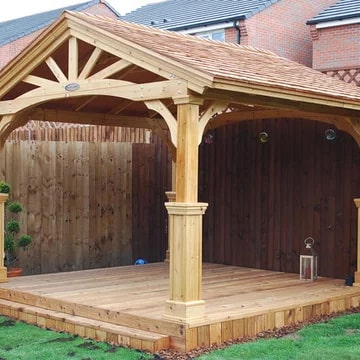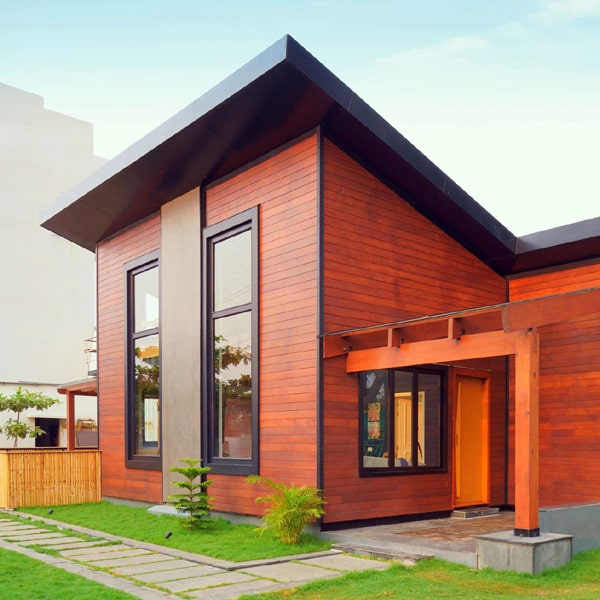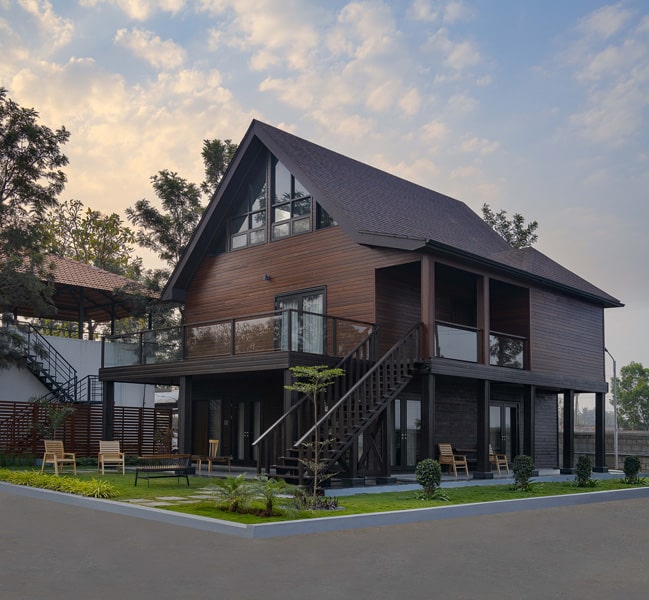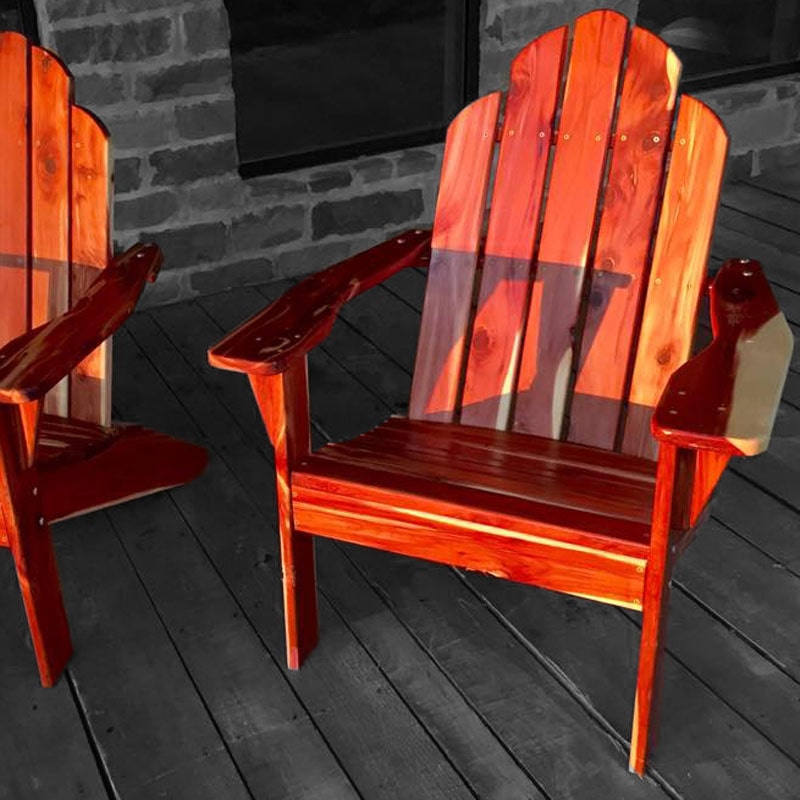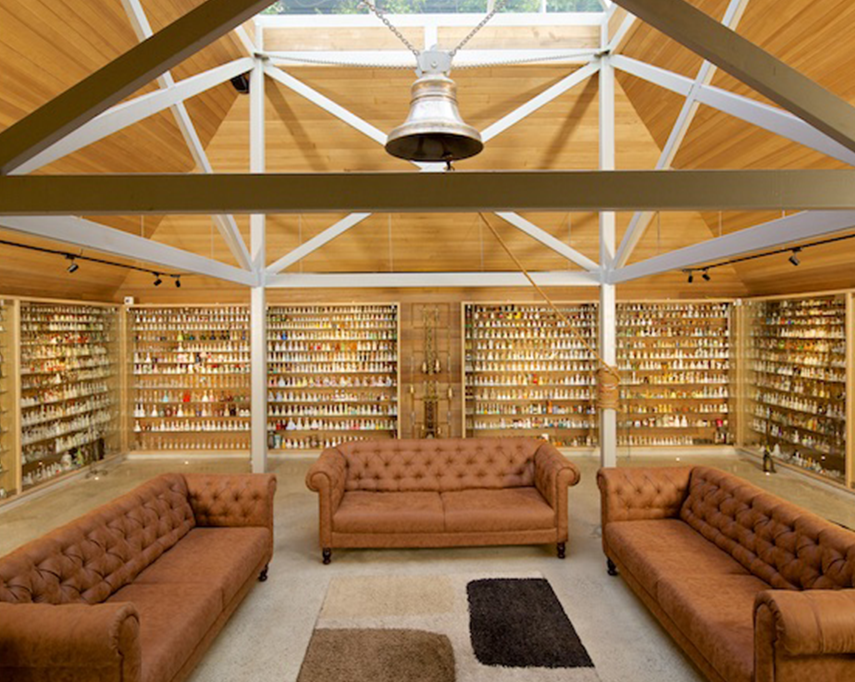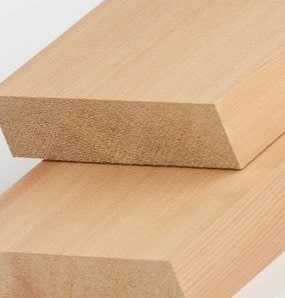
What is Red Cedar Wood?
Red cedar stands as a resilient and versatile species, lending itself to a myriad of exterior and interior construction projects. Renowned for its distinctive hue, texture, and remarkable durability, this conifer commands a premium among wood suppliers in India.
In the province of British Columbia (B.C.), the red cedar proudly claims the title of official tree. Towering over the Canadian landscape, Western red cedars boast an impressive diameter of up to 5.9 meters, securing their place as the nation's largest living trees.
Thriving in the moist climates of B.C.'s southern interior and along the coastal regions at low to moderate elevations, the red cedar holds deep spiritual significance for Indigenous communities along the northwest Pacific Coast. Exclusive to British Columbia, this species is highly sought after in commercial markets, prized for both its aesthetic allure and dimensional stability by softwood dealers in India.
In its natural habitat, the red cedar mingles with Engelmann spruce and western larch at higher elevations, while forming part of mixed-species stands alongside Douglas-fir, Sitka spruce, western hemlock, black cottonwood, and red alder. Beneath the towering canopy, a lush carpet of moss blankets the forest floor, while ferns, huckleberries, and Devil’s club adorn the vibrant landscape.Red cedar stands as a resilient and versatile species, lending itself to a myriad of exterior and interior construction projects. Renowned for its distinctive hue, texture, and remarkable durability, this conifer commands a premium among wood suppliers in India.
In the province of British Columbia (B.C.), the red cedar proudly claims the title of official tree. Towering over the Canadian landscape, Western red cedars boast an impressive diameter of up to 5.9 meters, securing their place as the nation's largest living trees.
Thriving in the moist climates of B.C.'s southern interior and along the coastal regions at low to moderate elevations, the red cedar holds deep spiritual significance for Indigenous communities along the northwest Pacific Coast. Exclusive to British Columbia, this species is highly sought after in commercial markets, prized for both its aesthetic allure and dimensional stability by softwood dealers in India.
In its natural habitat, the red cedar mingles with Engelmann spruce and western larch at higher elevations, while forming part of mixed-species stands alongside Douglas-fir, Sitka spruce, western hemlock, black cottonwood, and red alder. Beneath the towering canopy, a lush carpet of moss blankets the forest floor, while ferns, huckleberries, and Devil’s club adorn the vibrant landscape.
Workability
Sustainability
Common Uses
Our line of Red Cedar sawn timber includes
- Hand-selected lumber in a variety of sizes that has been regraded
- Maximum moisture content after kiln drying is 18%
- Surfaces with edges on all four sides
- Origin: Canada

